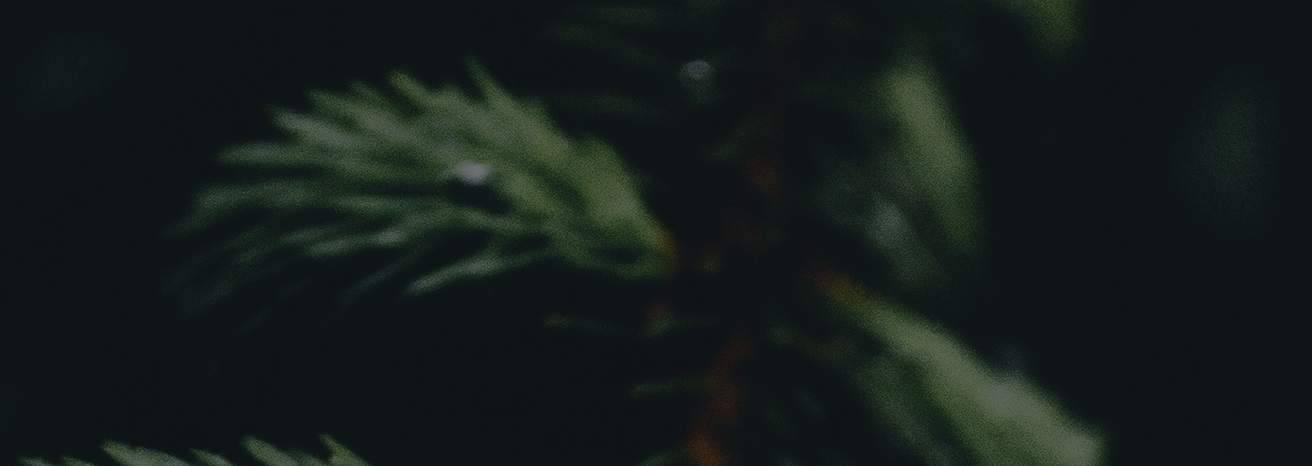Arnold-Chiari malformation
Arnold-Chiari malformation is a congenital disorder associated with impaired development of the posterior cranial fossa structures. In this malformation, part of the cerebellum and its tonsils shift downward through the foramen magnum, leading to compression of the spinal cord and brain. The disorder may cause chronic pain syndrome, neurological symptoms, and impaired cerebrospinal fluid circulation.
Epidemiology and Prevalence
The malformation is relatively rare—occurring in 3–8 people per 100,000 population. It is more commonly diagnosed in women, as well as in younger patients, since the first symptoms usually appear during the period of active spinal canal development. Thanks to modern diagnostic methods, especially MRI, the condition is now detected more frequently, including incidentally during examinations for other reasons.
Causes of Arnold-Chiari Malformation
The primary cause is considered to be a congenital defect in the formation of the posterior cranial fossa bones. Insufficient bone space volume leads to the descent of the cerebellum. Additional factors include genetic predisposition, connective tissue developmental disorders, intrauterine infections, and pregnancy trauma. In rare cases, the malformation may be acquired—for example, after surgeries or severe spinal canal injuries.
Types of Arnold-Chiari Malformation
Arnold-Chiari Malformation Type 1
The most common type. Characterized by the displacement of the cerebellar tonsils a few millimeters below the foramen magnum. Symptoms may appear gradually: headaches, dizziness, and reduced sensitivity.
Arnold-Chiari Malformation Type 2
A more severe form, often associated with congenital spinal defects, such as spina bifida. The cerebellar displacement is more pronounced, and brainstem structures are often involved.
Arnold-Chiari Malformation Type 3
A rare form in which part of the cerebellum and meninges protrude through a defect in the occipital bones. It is accompanied by severe neurological disorders and requires surgical treatment.
Arnold-Chiari Malformation Type 4
An extremely rare and severe form. It is characterized by underdevelopment of the cerebellum without displacement. Most often, it is incompatible with life.
Symptoms of Arnold-Chiari Malformation
The clinical picture depends on the type and severity of displacement. The most typical manifestations include severe occipital headaches that worsen with coughing and physical exertion; dizziness; coordination disorders; limb weakness; hearing or vision loss; speech problems. Some patients develop sleep apnea syndrome and breathing difficulties.
Diagnosis of Arnold-Chiari Malformation
Magnetic resonance imaging of the brain and cervical spinal canal is considered the gold standard for diagnosis. MRI allows precise visualization of cerebellar structure displacement and assessment of the degree of malformation. Additionally, cranial CT, neurological tests, and sometimes CSF dynamics studies are prescribed.
Treatment of Arnold-Chiari Malformation
The treatment approach depends on symptom severity. In asymptomatic cases, dynamic observation is possible. With worsening symptoms, conservative therapy is prescribed, including painkillers and anti-inflammatory drugs. This therapy does not eliminate structural changes but is aimed at relieving symptoms and improving the patient’s quality of life.
Surgical Treatment
The main surgical method is posterior cranial fossa decompression. The operation aims to enlarge the bone space and relieve pressure on the cerebellum and spinal cord. In some cases, shunts are used to normalize CSF outflow.
Postoperative Period
Patients require neurological supervision, regular MRI scans, and medication support. Recovery takes from several weeks to months, depending on the extent of surgical intervention.
Restrictions After Surgery
In the first few months, it is recommended to avoid heavy physical exertion, contact sports, and weightlifting. Gradually, moderate exercise, therapeutic gymnastics, and rehabilitation procedures are permitted.
Complications of Arnold-Chiari Malformation
Without treatment, the disorder may lead to persistent neurological deficits, chronic pain, respiratory disorders, and even disability. After surgery, possible complications include CSF leakage, infection, or spinal canal instability; however, with proper rehabilitation, the risk is minimal.
Prevention of Arnold-Chiari Malformation
There is no specific prevention. The main focus is on maternal health during pregnancy: avoiding harmful habits, timely treatment of infections, and monitoring fetal development. Early detection of the condition using MRI is also important when suspicious symptoms are present.
Treatment of Arnold-Chiari Malformation in Russia
Clinics
Leading Russian neurosurgery centers offer diagnosis and treatment of Arnold-Chiari malformation using modern technologies.
MEDSI — a large network of clinics with experienced neurosurgeons and neurologists. MRI of the brain and spinal cord, comprehensive examinations, and surgical procedures, including posterior cranial fossa decompression, are performed here. Patients also have access to postoperative rehabilitation, physiotherapy, and follow-up care.
European Medical Center (EMC) in Moscow specializes in complex neurosurgical procedures. Treatment follows international protocols, and surgeries are performed using microscopic techniques and neuronavigation. EMC employs multidisciplinary teams including neurosurgeons, neurologists, anesthesiologists, and rehabilitation specialists.
Olymp Clinic focuses on a comprehensive approach: from initial diagnostics to restorative therapy. Minimally invasive surgical treatment, disease management, and rehabilitation programs, including therapeutic exercise, massage, and physiotherapy, are available here.
Cost
The cost of treatment depends on the type of intervention. Conservative therapy averages from $250 per course of examinations and prescriptions. Surgical treatment, including posterior cranial fossa decompression, depending on the clinic, may range from $2400 to $6000 and above.
MARUS Assistance
MARUS helps patients with Arnold-Chiari malformation at all stages: from choosing a clinic to recovery after surgery. The service clarifies treatment costs, organizes diagnostics, accompanies the patient, and ensures communication between specialists. MARUS also provides rehabilitation support, helping patients return to an active life faster.
Gastroenterology
Plastic Surgery
Cosmetology
Cardiology
Care Assistants
All information on this website is provided for informational purposes only and does not constitute medical advice. All medical procedures require prior consultation with a licensed physician. Treatment outcomes may vary depending on individual characteristics. We do not guarantee any specific results. Always consult a medical professional before making any healthcare decisions.

MARUS support options
Choose a package that works for you — from choosing your doctor to full-service travel and treatment
Send a request
You choose the clinic — we’ll take care of travel and treatment arrangements and all the paperwork.
